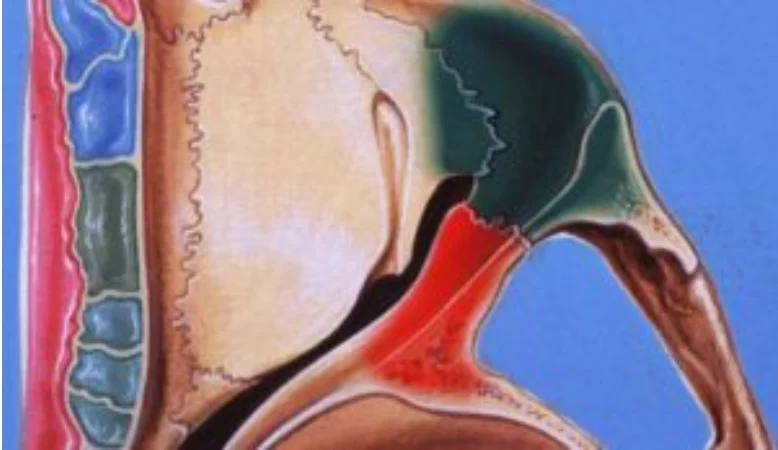Thyroid ophthalmopathy is an autoimmune disease in which the immune system attacks the thyroid gland, causing hyperthyroidism. The antibodies that attack the thyroid also affect the orbital fat and the extraocular muscles, causing symptoms such as bulging eyes. This gives rise to the disease known as thyroid ophthalmopathy.
Pathologies and Treatments
Thyroid ophthalmopathy

Symptoms
Thyroid ophthalmopathy usually begins with an active inflammatory phase, which lasts between six and twelve months, followed by a stability phase, in which the inflammation subsides. The inflammatory phase of the ocular disease usually coincides with the onset of hyperthyroidism, although sometimes ophthalmopathy appears before or after the thyroid disease.
Although the severity and presentation are very diverse, in an initial phase photophobia, a sensation of a foreign body in the eyes, tearing, and red eyes usually appear. When the inflammation of the orbital tissues (fat and muscles) is more significant, these increase in size and bulging eyes, eyelid retraction, and strabismus appear.
A small percentage of cases present with vision loss caused by compression of the optic nerve due to the increased volume of the inflamed tissues.
It is important to note that thyroid ophthalmopathy can evolve independently of the thyroid disease. That is, in some cases, ophthalmopathy progresses despite thyroid function being controlled.
If you found this interesting, feel free to share it here:
Last modified: 19/08/2025

